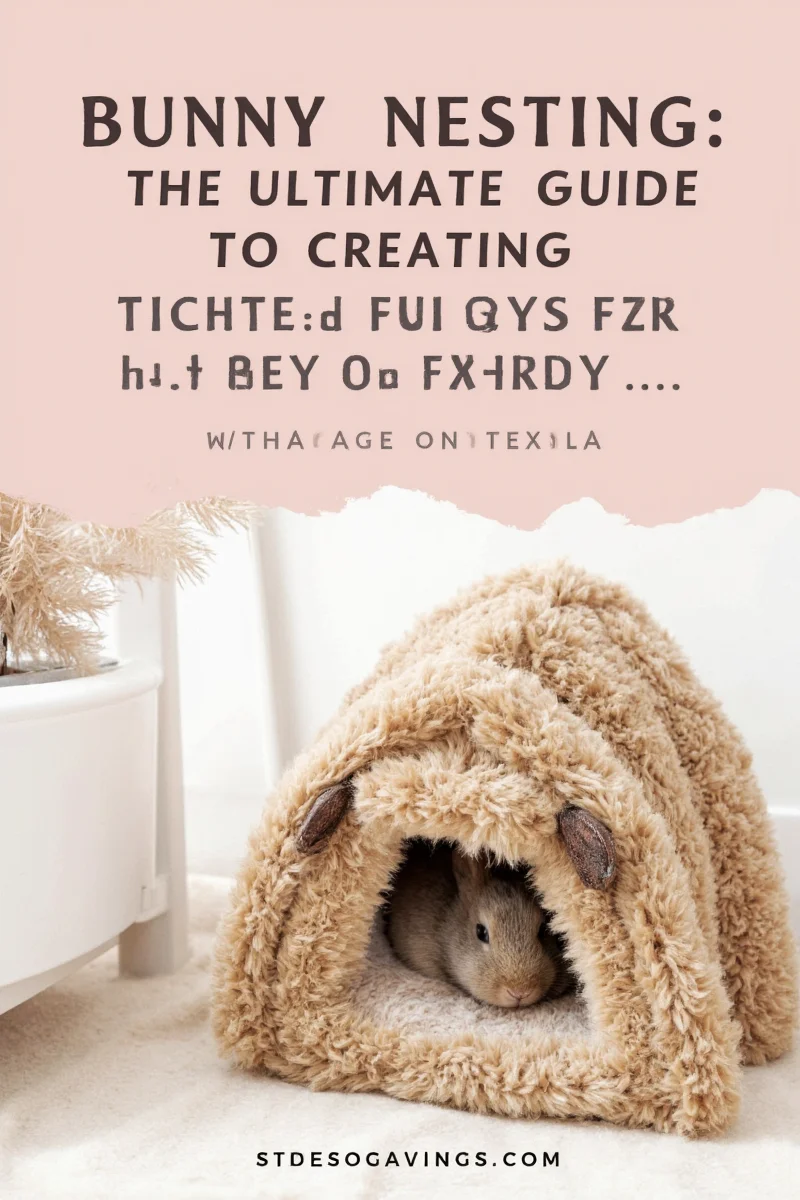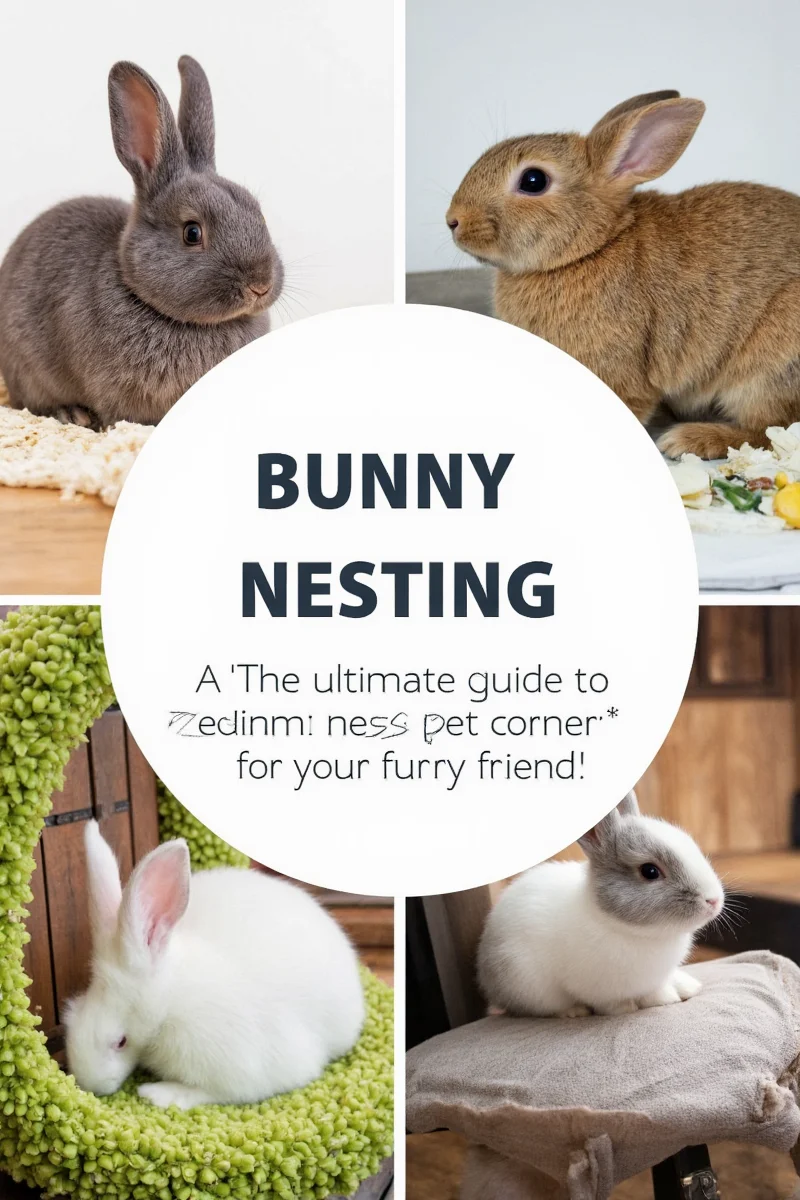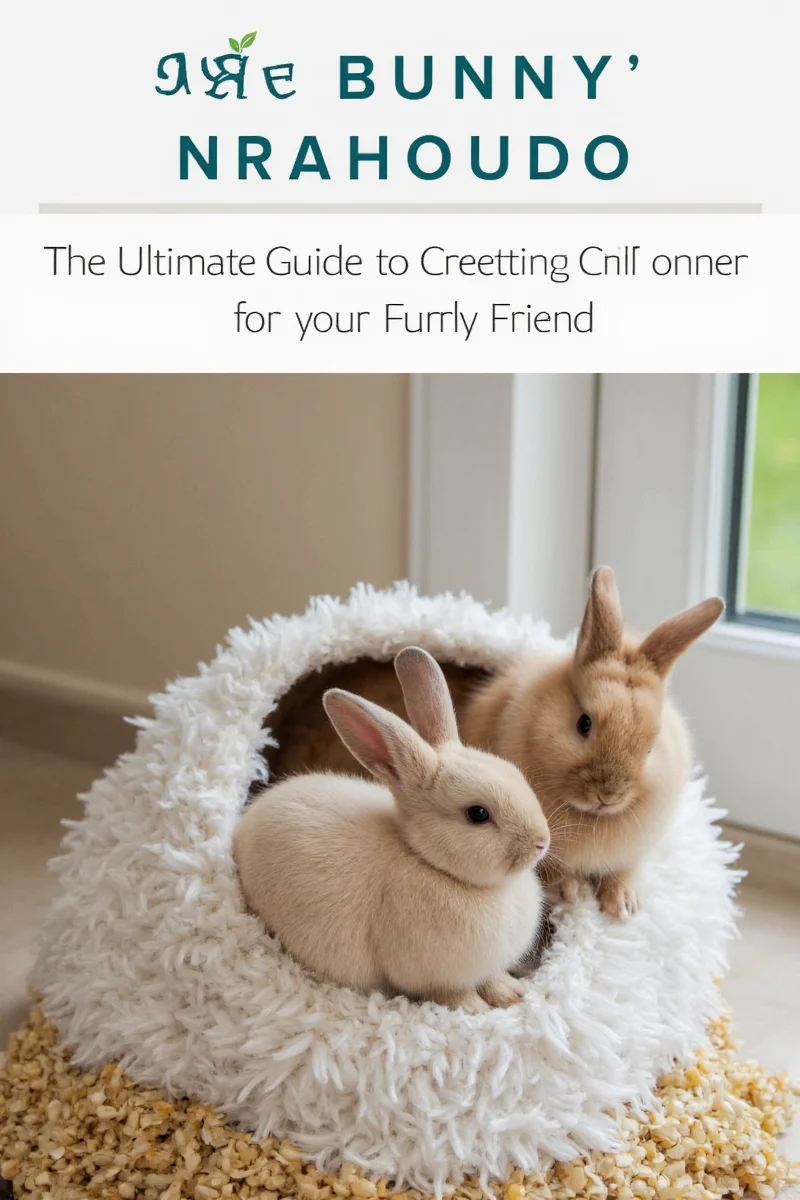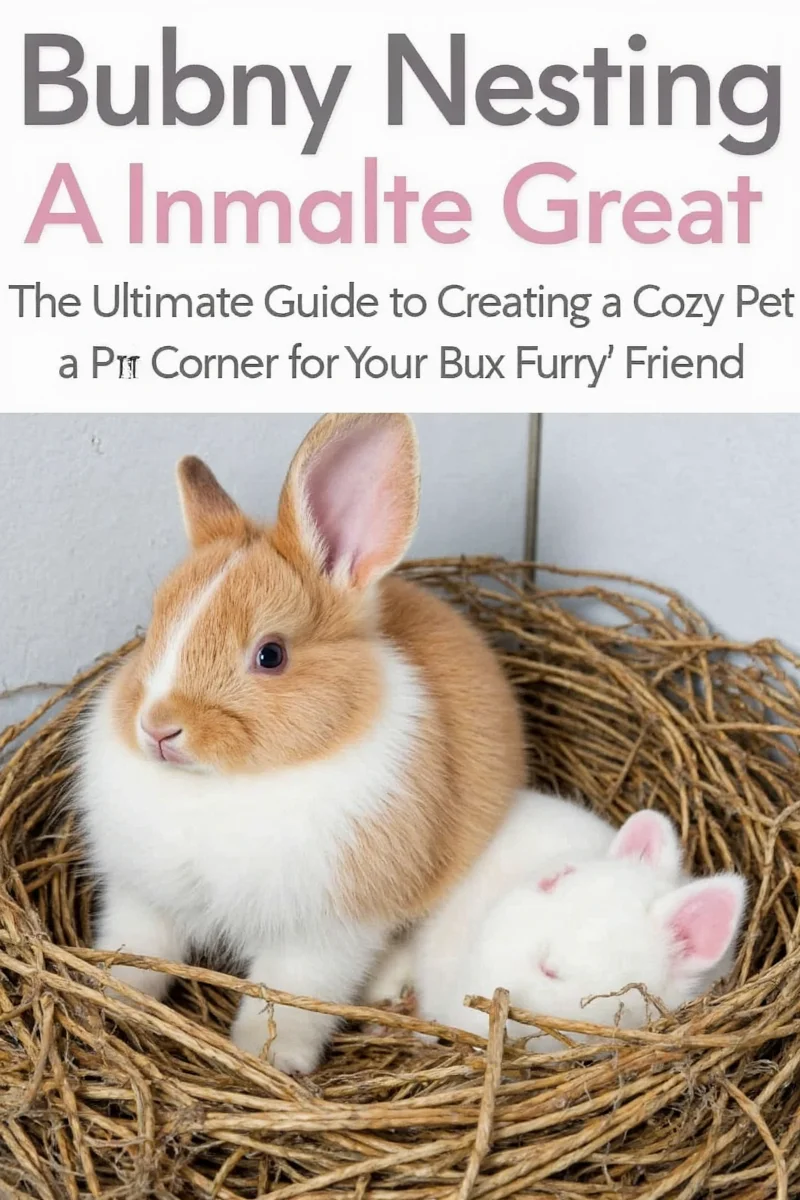Bunny Nesting: The Ultimate Guide to Creating a Cozy Pet Corner for Your Furry Friend
If you’re reading this, chances are your home includes at least one adorable furball hopping around your living room—or maybe you’re just dreaming of that reality soon. Either way, welcome to the world of bunny nesting!
In this article, we’ll walk you through everything from choosing the right materials to styling a functional, stylish nook that both you and your bunnies will love. Whether you're a seasoned pet parent or a newbie decorator, this guide is your go-to resource for all things bunny nesting.
Table of Contents
- What Is Bunny Nesting?
- Why Bunny Nesting Matters
- 5 Essential Design Tips for Bunny Nesting
- Material Guide: What’s Safe and Stylish for Bunnies?
- Buyer’s Guide: Top Products for a Dreamy Bunny Nest
- Seasonal Decorating: Adapting Your Bunny Nest Year-Round
- Final Thoughts
What Is Bunny Nesting?
Bunny nesting refers to the process of creating a safe, soft, and stimulating environment where rabbits can relax, play, and feel secure. Unlike traditional cages, a well-designed bunny nest integrates into your home decor while providing comfort and enrichment for your pet.

Why Bunny Nesting Matters
Rabbits are sensitive creatures that thrive on routine, security, and environmental stimulation. A poorly designed nesting area can lead to stress, chewing of furniture, and behavioral issues. On the flip side, a thoughtfully created space can reduce anxiety and promote healthy behavior.
| Pros of Proper Bunny Nesting | Cons of Poorly Designed Nesting |
|---|---|
| Reduces destructive chewing | Increased anxiety |
| Encourages natural burrowing behavior | Unhealthy shedding or weight loss |
| Blends with home decor | Messy, unhygienic areas |
5 Essential Design Tips for Bunny Nesting
- Choose the Right Location: Pick a quiet corner of the house, away from heavy foot traffic and loud noises. Rabbits prefer calm environments to feel secure.
- Add Layers of Comfort: Use washable rugs, faux fur mats, or memory foam pads as base layers for maximum coziness.
- Include Hiding Spots: Tunnels, igloo-shaped hideouts, or even open-ended cardboard boxes offer mental stimulation and safe retreats.
- Provide Chew Toys: Wooden blocks, untreated wicker balls, or apple sticks help maintain dental health and prevent boredom.
- Mix Functionality & Decor: Incorporate baskets or planters that double as chew-proof storage for your bunny’s toys and snacks.

Material Guide: What’s Safe and Stylish for Bunnies?
The materials used in bunny nesting must be non-toxic, durable, and easy to clean. Here’s a breakdown of what to look for:
| Material | Safety Level | Style Factor | Best For |
|---|---|---|---|
| Faux Fur Mats | High | Medium | Comfort & warmth |
| Woven Rattan Baskets | High | High | Storage & decoration |
| Untreated Wood Blocks | Very High | Low | Chew toy alternatives |
| Organic Cotton Bedding | High | Medium | Eco-friendly setups |
| Plastic Hideaways | Medium | High | Modern aesthetic |

Buyer’s Guide: Top Products for a Dreamy Bunny Nest
If you’re ready to build your own bunny nest, here are some top-rated products that combine safety, style, and function:
- PetFusion Ultimate Comfort Bed
- Features: Memory foam construction, removable cover, ultra-soft surface
- Advantages: Supports joints, machine-washable, comes in multiple sizes
- 适用场景: Ideal for older rabbits or those with mobility issues
- 适用人物: Owners who want premium comfort
- 节日推荐: Perfect for Christmas or National Rabbit Day (April 19)
- KONG Classic Rabbit Toy Bundle
- Features: Includes wooden chews, sisal rope, and crinkle paper ball
- Advantages: Encourages natural behaviors, durable, vet-recommended
- 适用场景: Great for indoor nests or playtime outside the cage
- 适用人物: Active bunnies prone to chewing furniture
- 节日推荐: Easter or Adopt a Rescued Rabbit Month (April)
- Nature Gnaw Untreated Applewood Sticks
- Features: Sustainably sourced, pesticide-free wood
- Advantages: All-natural texture, helps grind teeth safely
- 适用场景: Daily chewing activity inside the nesting area
- 适用人物: Eco-conscious owners
- 节日推荐: Earth Day or Green Living Holidays
- Weave Got Style Woven Basket Set
- Features: Handwoven seagrass, neutral tones, stackable design
- Advantages: Adds rustic charm, doubles as snack/treat storage
- 适用场景: Blends into farmhouse, boho, or minimalist interiors
- 适用人物: Design-savvy pet parents
- 节日推荐: Housewarming or Mother's Day gift

Seasonal Decorating: Adapting Your Bunny Nest Year-Round
Just like your home decor, your bunny’s nest should reflect the season! Here’s how to make small seasonal changes that keep things fresh and fun:
- Winter: Add thicker blankets, use woolen throws, and include warming accessories like heat pads (low setting only).
- Spring: Introduce bright colors, floral prints, and lightweight linens. Swap out heavy bedding for airy cotton.
- Summer: Opt for breathable mesh fabrics, cooling ceramic tiles, and frozen carrot treats for extra chill.
- Autumn: Incorporate earth tones, pumpkin-themed toys, and dried grasses for a festive vibe.

Final Thoughts
Creating a bunny nest isn’t just about aesthetics—it’s about understanding your pet’s needs and designing a space that nurtures them emotionally and physically. With thoughtful planning and attention to detail, your bunny’s corner can become a highlight of your home rather than an afterthought.
Whether you’re aiming for minimalist zen or playful chaos, remember: every little hop deserves a cozy place to land. So go ahead—get nesting!











 浙公网安备
33010002000092号
浙公网安备
33010002000092号 浙B2-20120091-4
浙B2-20120091-4